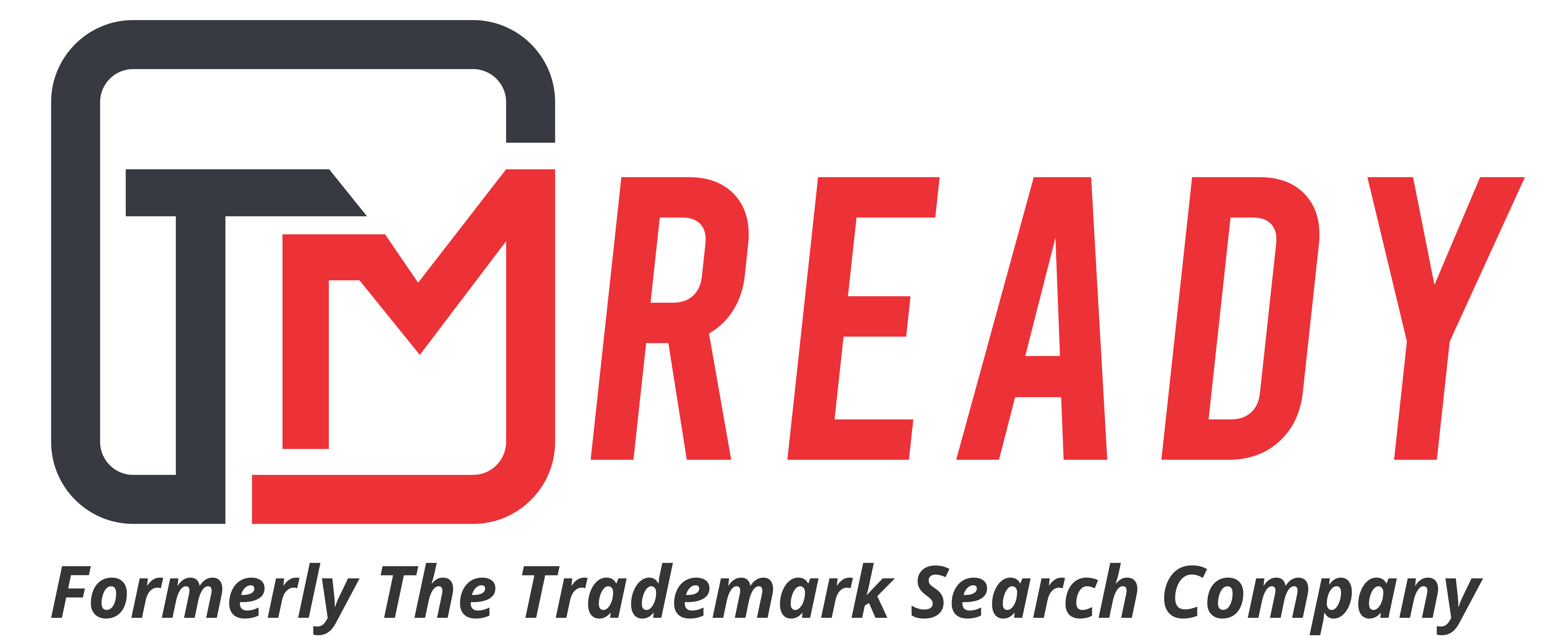Trademark clearance searches and knock out trademark searches are often used interchangeably, but this is not the correct way of interpreting trademark search. A knock out search is completely different from a clearance search, because, a knock out search is a quick, partial, and incomplete trademark search wherein we care merely about certain aspects of a search. A knock out search is done simply by putting the intended mark (keyword) on trademark search database like TESS (Trademark Electronic Search System) or popular search engines like Google.
It is a cost-effective, simple and to-the-point search, wherein, we don’t care much about other aspects of trademark search like common law search, business name search, search on publications and periodicals, phonetic search and many other aspects. With a knock out search we identify only the most obvious sources of troubles.
On the contrary, trademark clearance searches are comprehensive, full, and broad kind of trademark search, where-in we tend to find many other aspects of search as well apart from a knock out search including trademark database searches, search engine searches, state trademark database searches, common law source searches, business name searches, phonetic searches and many others that may find even a single obscured data.
Below is a table that outlines some of the differences between knock out trademark searches and trademark clearance searches-
| Knock-out searches | Trademark clearance searches |
| Partial and incomplete | Full and complete |
| Cost-effective | Comparatively costly |
| TESS & Google is searched for maximum | TESS & Google is searched at minimum |
| Common law search is not done | Common law search is done |
| Business name registries are not searched | Business name registries are searched |
| Business publications and periodicals are not searched | Business publications and periodicals are not searched |
| Phonetic search is not done | Phonetic search is done |
| Operator search is limited | Full operator searched are done |
Databases and resources for doing trademark clearance search-
Since, trademark clearance searches are comprehensive, broad and diversified, there are myriad of resources and databases we use to accomplish a trademark clearance search. Below are some of the most important resources for doing trademark clearance searches.
- USPTO database – For registered marks and pending applications
- State registrations -all 50 states
- Business names and Trade Names
- Online databases and industry publications directed to the goods or services being searched
- Domain names
- Internet websites
- Common law resources like yellow pages, business publications, and periodicals
Objectives of trademark clearance searches-
Analyzing availability- Ascertaining availability of an intended mark is one of the most important purposes, trademark clearance searches serve.
With this, the intended term is searched on various trademark search databases to assess if the term is available for registration/use/ or both. If the term is already taken up by some other entity it may not be registered.
Even if a mark is already taken it doesn’t necessarily mean that you can’t get it registered because there are many other aspects those should be looked at while determining if the mark can be registered or not like whether it is active or dead, or whether its scope is limited geographically, or whether the existing mark is filed under different class of Goods.
Determining the likelihood of confusion- Trademarks are assigned for the sake of comfort of buyers. These are assigned to brand owners so that buyers can identify the source of the goods or services or in other words, we can say is, that, it is assigned to reduce confusion among buyers about the source of the goods or services. Trademark clearance searches assess the likelihood of confusion a mark may cause after registration.
Assessing protect-ability: Like availability, the term protect-ability is a broad term that has a comprehensive and dynamic meaning. Depending on the nature and characteristics of the intended mark the protection can either be narrow or strong that we can assess with trademark clearance searches.
Analyzing potential conflicts: A trademark clearance search also let searcher choke out potential conflicts that the intended mark may encounter down the line and remedies the owner should adopt right at the beginning to address such situations.

